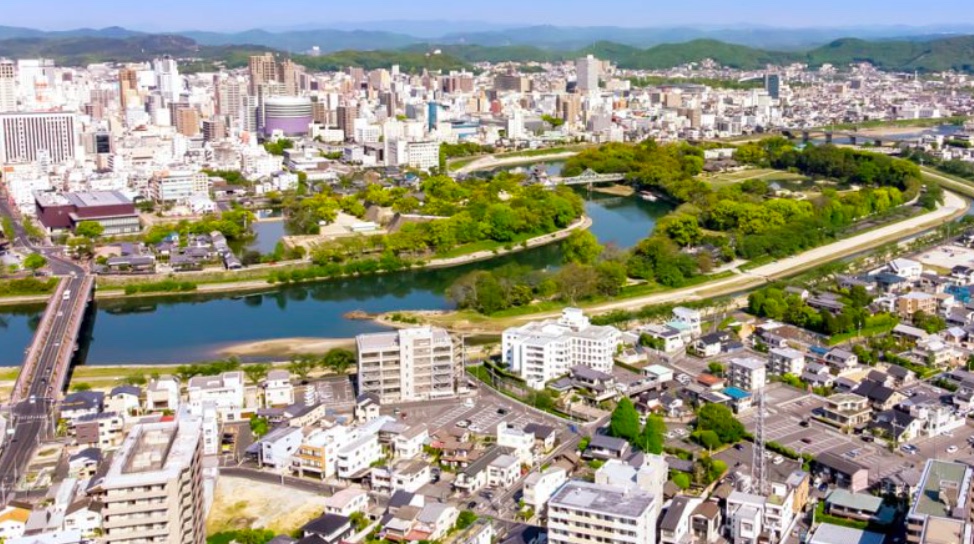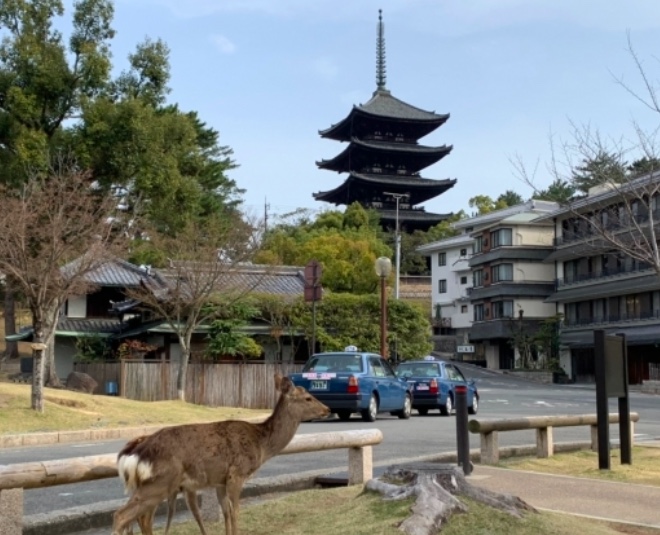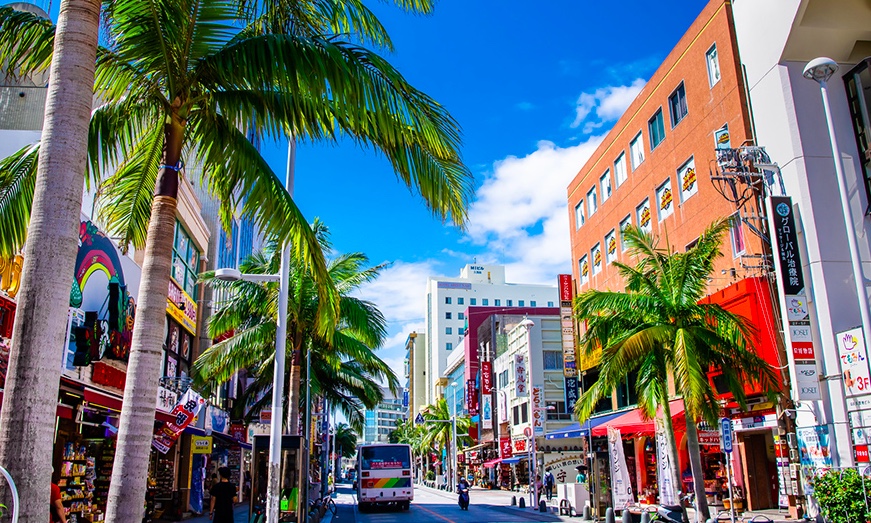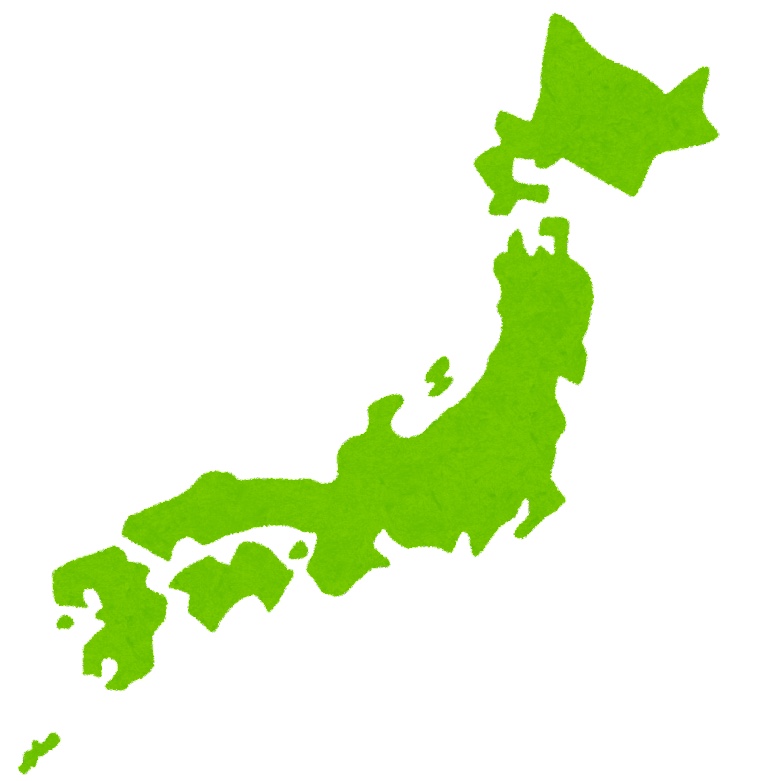With the Tokyo metropolitan area said to be hit by an earthquake in the near future, some people may be considering moving to another place. Japan is said to be an “earthquake-prone island,” and there is always a risk of earthquakes anywhere in the country. In that particular condition, which cities can be relatively easy and safe to live in?
The Kanto Escape Project, a project that researches “emigration” as a way of life, has created a ranking of safe and livable cities suitable for emigration, focusing on job availability and convenient transportation, and using earthquake risk, radiation risk, and other disaster risks as criteria. The ranking is based on the requirements of the said factors.
The following places are the top 5 safest places to live.
Okayama City, Okayama Prefecture

Okayama City is characterized, first of all, as a region with relatively few
earthquakes in Japan. There are only three active faults in Okayama Prefecture,
but there are no active faults directly under the southern area of the prefecture
where Okayama City is. The only major earthquake of concern would be a major Nankai earthquake, but it was between Shikoku Island and the Seto Inland Sea. With that, the damage won’t be huge. The
climate is cool in summer and warm in winter, with more hours of sunlight
in Japan. As for radiation risk, the closest nuclear power plant is about 120 km
away. However, the Chugoku Mountains rise between the two, and there are no
nuclear-related facilities in the neighboring prefectures, which is a major point.
Furthermore, the city has good transportation access to major cities such as
Osaka and Kobe are only one hour away by the Shinkansen bullet train. With a job openings ratio of more than 1:1 and a thriving
commercial sector, the city will have no difficulty making a living.
Nara City, Nara Prefecture

Nara City is an area with a low risk of being hit by a disaster. Evidence is a large number of old buildings that remain. There are few active faults in the
vicinity of Nara City, yet the area is unlikely to be the
epicenter of a major earthquake. In addition, due to its laid-back and fast-
paced nature, Nara Prefecture has the lowest suicide rate among all
prefectures in Japan. With its convenient transportation system, Nara is now becoming a bedroom community for Osaka.
Naha City, Okinawa Prefecture

Naha City, Okinawa Prefecture, is 600 km away from even the most recent
nuclear power plant, the No. 4 Nuclear Power Plant, located in northern Taiwan.
The risk of a significant earthquake is also the lowest in Japan, but it is not entirely free from shaking, and in February 2010, an earthquake measuring just under 5
on the Japanese seismic intensity, scale occurred in Itoman. However, there is
no need for concern in the next few decades, and the area that needs
to be watched out, for now, is the area that has to coexist with typhoons.
Sapporo, Hokkaido
Sapporo, Hokkaido, Japan the risk of earthquakes is relatively low in
Hokkaido, and above all, the city’s urban functions, which are comparable to
those of Tokyo, are attractive. Accessibility is good, and the cost of living is not
that high compared to other areas in Hokkaido.
Takamatsu City, Kagawa Prefecture
Takamatsu City in Kagawa Prefecture is the safest city in Shikoku off the main
island of Honshu, with only minor damage expected in the event of a Tonankai
earthquake. The ratio of job offers is generally high, and the number
of monthly profitable job offers has been on trend for several years.




Comments